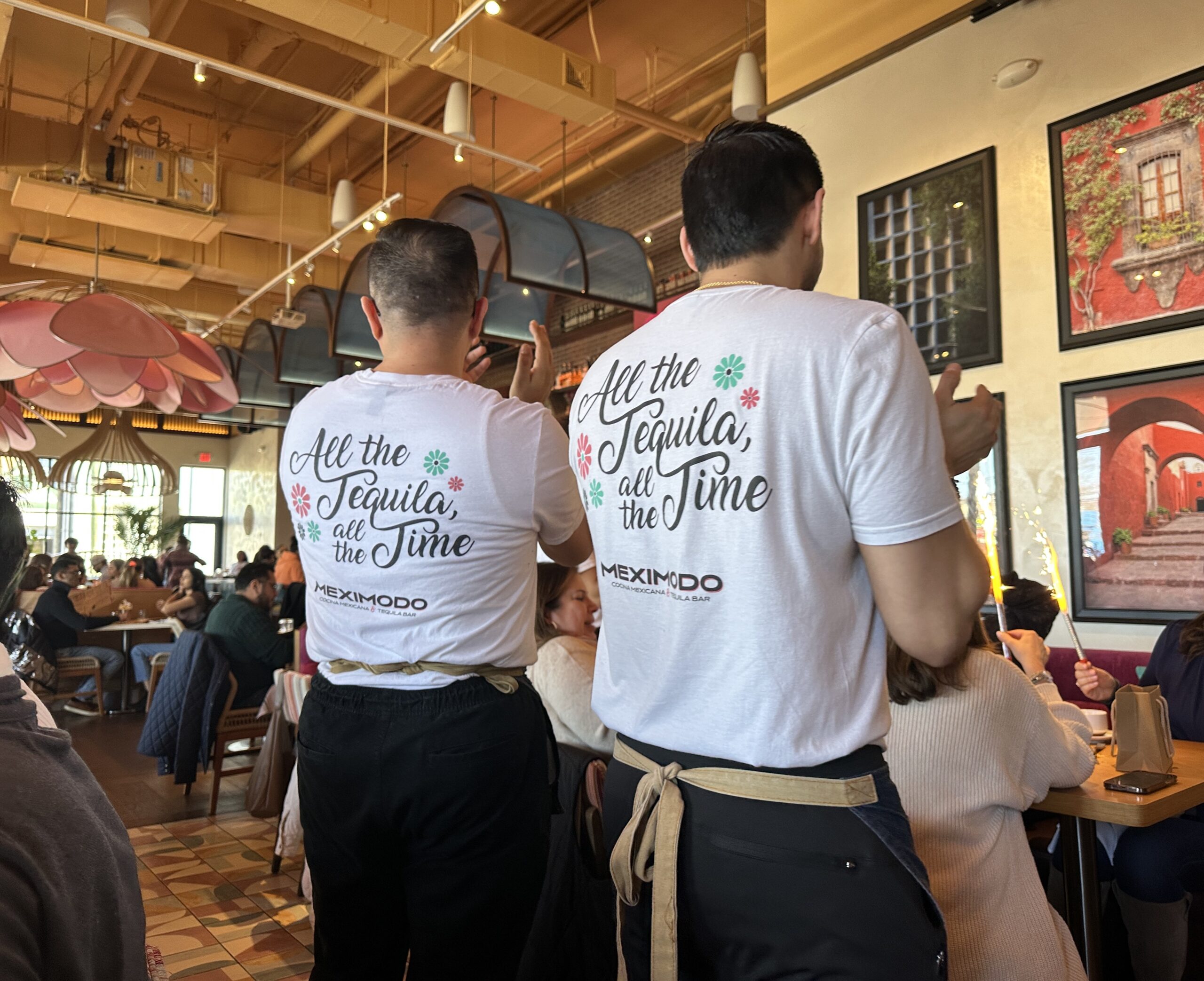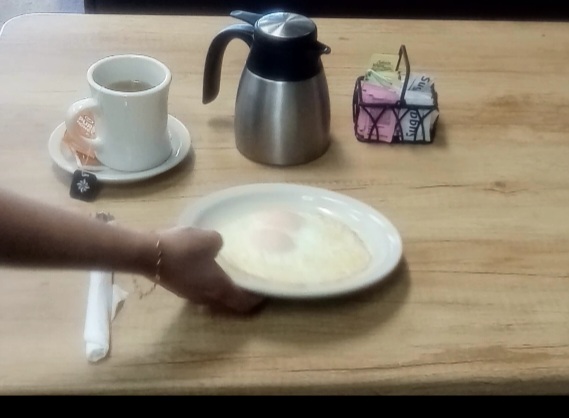I’m well into my 96th hour of self-quarantine, in a week that’s played out similarly to the plot of the 2011 film Contagion, which is why me calling up the Deputy Editor of People – Wendy Naugle – midday feels like the most normal thing I’ve done in days.
She’s working from home in Westchester where she lives, as New York City is – quite literally – closed for business. I hadn’t realized, prior to her answering the phone, how excited I was to talk about anything other than the coronavirus, and so for the ensuing 41 minutes there is nothing I care about more than Wendy Naugle’s career trajectory.
The beginning of her remarkable career didn’t always start out that way. Naugle studied magazine journalism at Drake University, which was one of the only schools offering the program at the time, though (like most college-aged kids) she wasn’t initially sold on her field of choice.
“I wanted to be a writer… and then my entire family was in business and they were kind of like, ‘You’re going to be starving,’” Naugle tells me. “So I went to Drake knowing they had several programs that, if the writing thing didn’t work out, that I could go into business or pharmacy, or anything else that they had to offer.”
But to the credit of a few classes in particular and a good advisor, the writing thing did work out. Naugle was drawn to the storytelling and packaging of photographs that comes with magazine editorial. She stayed the course and found herself at American Baby – a publication primarily distributed at hospitals to pregnant women – working as an assistant editor following her graduation from Drake.
Her primary responsibilities as an assistant editor? Opening mail for her colleagues.
“I had papercuts galore,” she recalls.
It’s during this time, though, that Naugle started to grasp how to sift through material, whether it was a valuable contact or a potential story. And quickly. It ultimately helped her to secure her next position as a health editor, which would in turn lead her to the publication that defined her career – Glamour Magazine.
“I happened to be at an industry lunch,” Naugle says. “I sat next to two people who worked at Glamour, we were making small talk, and they asked what I did. I told them, and as it turned out, they were looking for a health editor at the time. So I went to Glamour as the health director.”
At the time, Bonnie Fuller was the (“very by the pulse”) Editor-and-Chief and Glamour was emerging as Conde Nast’s bread and butter. Naugle almost immediately set to work expanding her portfolio from her seat at the health desk, working on features and news. Fuller was fired, Glamour tapped Cindy Levy, but once again – Naugle stayed the course. She was promoted to deputy editor, and then again to executive editor.
“Everytime I broadened my area of expertise, more would come under that. So sometimes I would add some beauty, I would add some fashion. I worked a lot on our big Women of the Year gala event and summit. So, ya know, I got a mix of everything, which was really a lot of fun.”
Naugle spent 19 years at Glamour magazine.
“I feel like I grew up there,” she says. “I mean, I had two babies there. My water literally broke in the office for my first. I was there when my dad died. I was there for some of my biggest career moments, and award winning stories. And then I was also in the trenches – there at 2 am trying to close a story going, ‘What’re we doing?! What’re we doing?!’.
It was a combination of all of these things that would prepare her for her latest role as Deputy Editor at People Magazine.
The biggest difference between the two publications, Naugle believes, is the pace.
“At a weekly, you have to have people at the top of their game. You have to make decisions really quickly, you can’t change your mind, and you have to go. ‘Cause you just don’t have time, we’re putting out 53 issues a year.”
People, she says, functions similarly to a newsroom. At Glamour, she would assign a piece to a writer, work with them to shape the piece, and together they would develop a story – sometimes for up to six months. At People, there are often several reporters filing interviews to a single writer, who puts together a piece to be forwarded up the editing chain. The art and photo departments work in unison, so by the time Naugle gets her hands on the story she’s able to better conceptualize how to put it all together on a page. Then, she says, it’s out the door. It’s not unusual to touch a piece only once at People before it goes to print.
“One of the things we talk about at People that is so impressive is if you think of like, the finale of Game of Thrones, or the Oscars, or the Superbowl – those garner anywhere 25-35 million audience,” she tells me. “We’re getting more than that, each and every week, in print alone. And if you look at all of our reach, including digital, we’re reaching 90-100 million. So in terms of the amount of content we’re pushing out, it’s a lot and it’s everywhere.”
How does she come up with so many story ideas, so quickly?
“Oh my gosh, they come from everywhere. I mean, sometimes it’s a celebrity publicist saying, ‘Hey, I have an opening. My star wants to do something.’ Sometimes we spot something in the news that we feel like is important,” Naugle says. “It comes from our own lives, it definitely comes from a lot of people. It’s working our sources. Ya know, ‘What’ve you heard? Who’s out and about? What’s coming up? What’s gonna be new and interesting? What’s everybody excited to see?’.
She’s constantly in anticipation of what people are going to be talking about in a week’s time. Stories go to press on Monday, break in New York and LA on Wednesday, and will be on newstands nationally by Friday.
Though, being Wendy Naugle, for every story she pitches, a few more come knocking.
Now, however, Naugle is engaged more than ever in the business side of the magazine. She serves as a key liaison between the edit team and advertisers. She aims to align advertisements with stories and the brand, working them in naturally, while maintaining the integrity of the magazine in combination with the potential impact.
“It’s great that I get to work with so many different people in the company and see so many different sides of this business, and hopefully still maintain that connection to craft and magazine making that drove me to be a part of this industry,” Naugle says.
She concludes our conversation with some professional advice and words of encouragement, and I hang up the phone feeling invigorated. The c-word (coronavirus) only came up five times, and for the first time, I’m thinking about the future again. Not the future of humanity in the midst of a global pandemic, or even my immediate future in quarantine, but the future of my career following the end of all of this, which will inevitably come.
I sit down and write.

